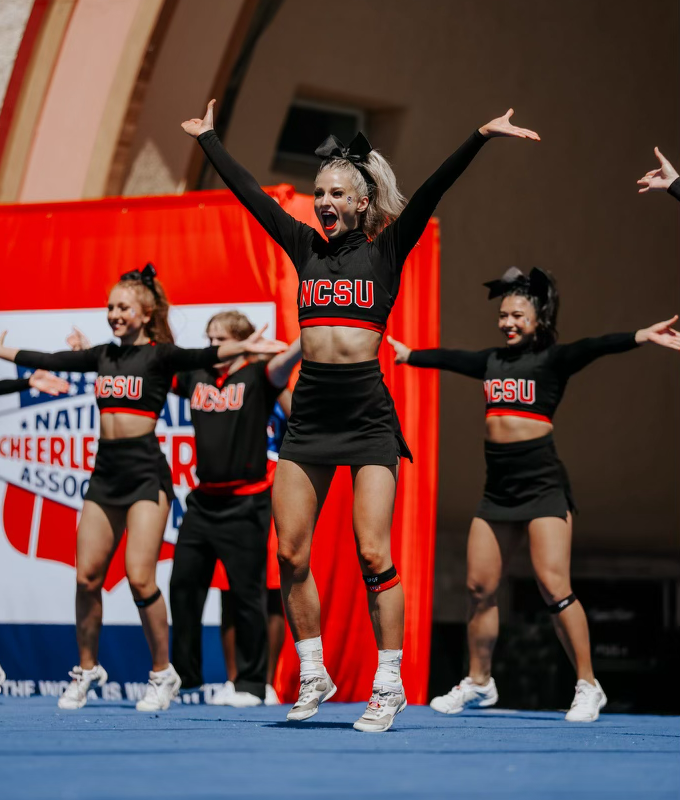Understanding Recent Safety Data
Cheerleading, often showcased with its high-flying stunts and dynamic routines, has significantly evolved in terms of safety, showing substantial improvements that align it with other well-regulated sports.
Cheerleading’s origins as a sideline activity have transformed into a competitive sport recognized by the International Olympic Committee. With this evolution, the focus on athlete safety has intensified. Enhanced training programs for coaches, stricter safety rules, and better equipment have all contributed to this positive shift.
Reduction in Severe Injuries
Recent research, particularly from the National Center for Catastrophic Sport Injury Research, underscores a significant decrease in cheerleading injuries, with zero catastrophic injuries reported in the 2019-2020 period and only three in the last five years. Such statistics highlight the effectiveness of enhanced safety protocols and coaching standards that have been increasingly implemented over the years.
Cheerleading’s safety record is now comparable to other girls’ high school sports and exhibits lower catastrophic injury rates than many contact sports such as football, baseball, and wrestling. The 2020-21 High School RIO Study further supports this by ranking cheerleading 18th out of 20 in overall injury rates and 10th in concussion rates among high school sports.
Data from the Consumer Products Safety Commission in 2022 shows that cheerleading had fewer ER visits among girls aged 12-18 compared to basketball, soccer, volleyball, and softball, which further supports the notion of cheerleading as a safer activity than perceived in the past.
Despite these encouraging statistics, the cheerleading community continues to advocate for safety through education, proper training, and adherence to standardized guidelines. March, recognized as National Cheerleading Safety Month, emphasizes the ongoing commitment to safety but also reminds everyone involved that safety is a year-round priority.
Implementing Safety Measures
The cheerleading community has adopted various strategies to improve safety. These include:
- Certification for Coaches: Ensuring all coaches are trained and certified in safety protocols.
- Routine Reviews and Audits: Regular assessment of practice environments and competition setups.
- Athlete Education: Educating cheerleaders on proper techniques and self-care to prevent injuries.
- Equipment and Environment: Investing in high-quality mats, proper footwear, and safe practice facilities.
The Role of Governing Bodies
Organizations like USA Cheer have been pivotal in advancing safety. They set guidelines and rules that govern the sport at all levels, ensuring that every participant—from school teams to elite competitive groups—follows best practices in safety.
Challenges and Future Directions
Despite the progress, the challenge remains to keep reducing the injury rates and addressing the concerns that come with newer, more complex stunts and routines. The future of cheerleading safety lies in technology integration, like using virtual reality for training, and enhancing data collection for real-time injury surveillance and response.
Cheerleading today is safer than ever, thanks to concerted efforts by governing bodies, coaches, and the community. As cheerleading continues to evolve, the focus on athlete safety will remain crucial. With ongoing education, improved safety protocols, and a commitment to athlete well-being, cheerleading can maintain its place as a rewarding and safe sport for participants around the world.
This exploration into the safety of cheerleading not only reassures parents, athletes, and coaches about the sport’s current state but also underscores the continuous efforts required to keep improving safety standards. As cheerleading aims for inclusion in future Olympic Games, its safety record will undoubtedly be a key factor in its acceptance as a competitive sport on the global stage.
For the latest on cheerleading safety and more, follow Cheer Daily. Stay connected and informed with us!
Source: USA Cheer
